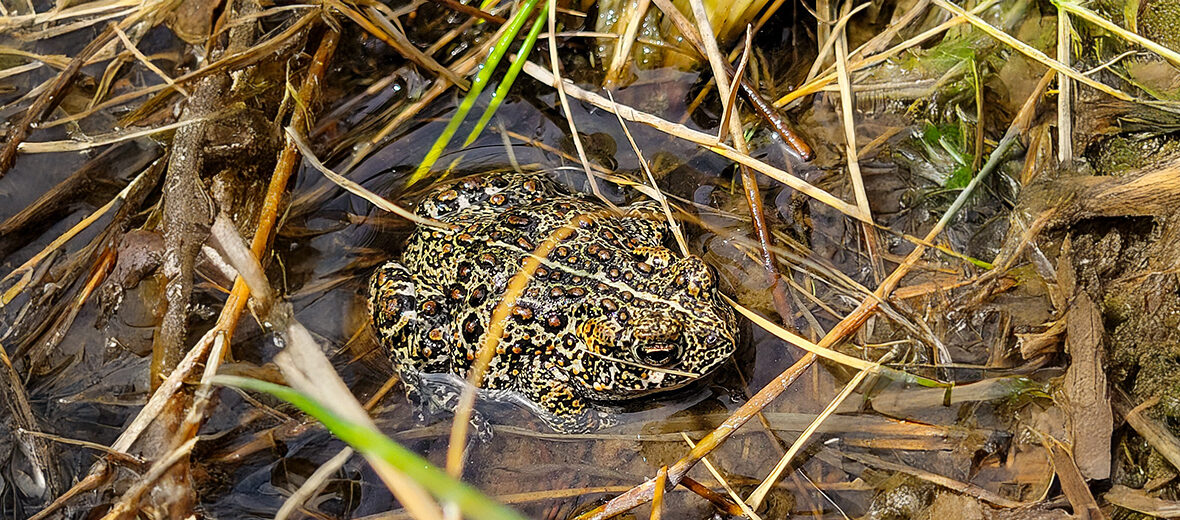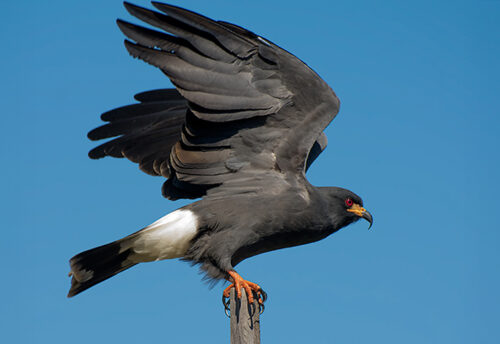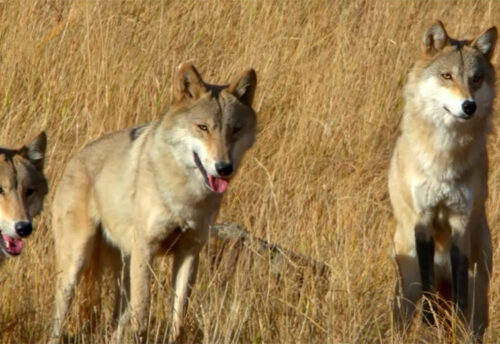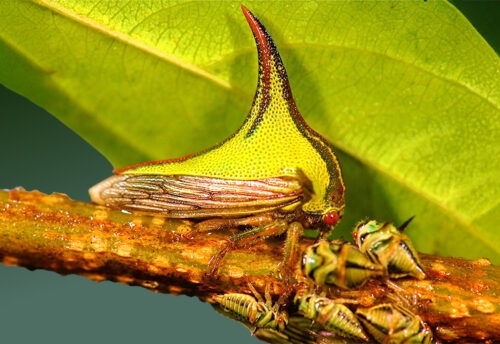
The Dixie Valley toad is the first new toad species to be described from the United States since the description of the Wyoming toad about 49 years earlier. These toads face the threats of habitat loss and destruction at the hands of renewable energy and dams; invasive species, primarily bullfrogs, that bring about predation and the potential for contracting the deadly Chytrid fungus; and climate change, that causes severe droughts. The IUCN lists these toads as Critically Endangered. Their population trend is unknown at this time, but likely decreasing.
First the Stats…
Scientific name: Anaxyrus williamsi
Weight: Up to .013 ounce
Length: Up to 2.75 inches
Lifespan: Up to 6 years
Now on to the Facts!
1.) These toads, like others, are nocturnal (active at night).
2.) They hail only from Churchill County in the state of Nevada in the United States.
3.) Dixie Valley toads were first discovered in the early 2000s by a team led by Richard Tracy, though they weren’t officially introduced to the public as a new species until 2017.
4.) They descended from an ancestor which inhabited the large lakes and wetlands that covered the Great Basin in the Pleistocene Epoche (2.6 million years ago) until the receding water isolated the different populations, which lead to speciation (the creation of new separate species).
5.) Dixie Valley is 1 of the hottest and most active geothermal systems in the Great Basin.
But wait, there’s more on the Dixie Valley toad!
6.) In April 2022, the Fish and Wildlife Service designated these toads as an endangered species on a temporary, emergency basis.
7.) Breeding season lasts from March – May.
Did you know…?
In December 2, 2022 these toads were officially classified as Critically Endangered.
8.) Females lay numerous small eggs that hatch into tadpoles. Tadpoles metamorphose into toadlets in up to 70 days.
9.) The developer, Ormat Technologies, had agreed in August to temporarily cease construction of their geothermal plant yet later asked that the judge allow it to scale back its protection plans for these toads by 80%.
10.) Ravens, crows, and American bullfrogs all prey on these toads.
Now a Short Dixie Valley Toad Video!
Be sure to share & comment below! Also, check out the Critter Science YouTube channel. Videos added regularly!

Want to suggest a critter for me to write about? Let me know here.
Some source material acquired from: Wikipedia & IUCN
Photo credit: USFWS Pacific Southwest Region



